-
Email Us!
The fact about feeding raw is that there is no perfect, balanced raw diet. Feeding raw requires a rotation of proteins, supplementing with natural ingredients, and does take some extra time with preparation. But so does any healthy lifestyle for pets and humans alike. Feeding raw is all about taking the additional steps now to prevent future problems.
-
Continue reading for some helpful tips on transitioning from kibble to raw, feeding recommendations, supplements, and more. We will cover most of the introductory information to help you kick off your raw journey. We do offer free raw consultations if you require a more in-depth conversation.
How to Transition from kibble
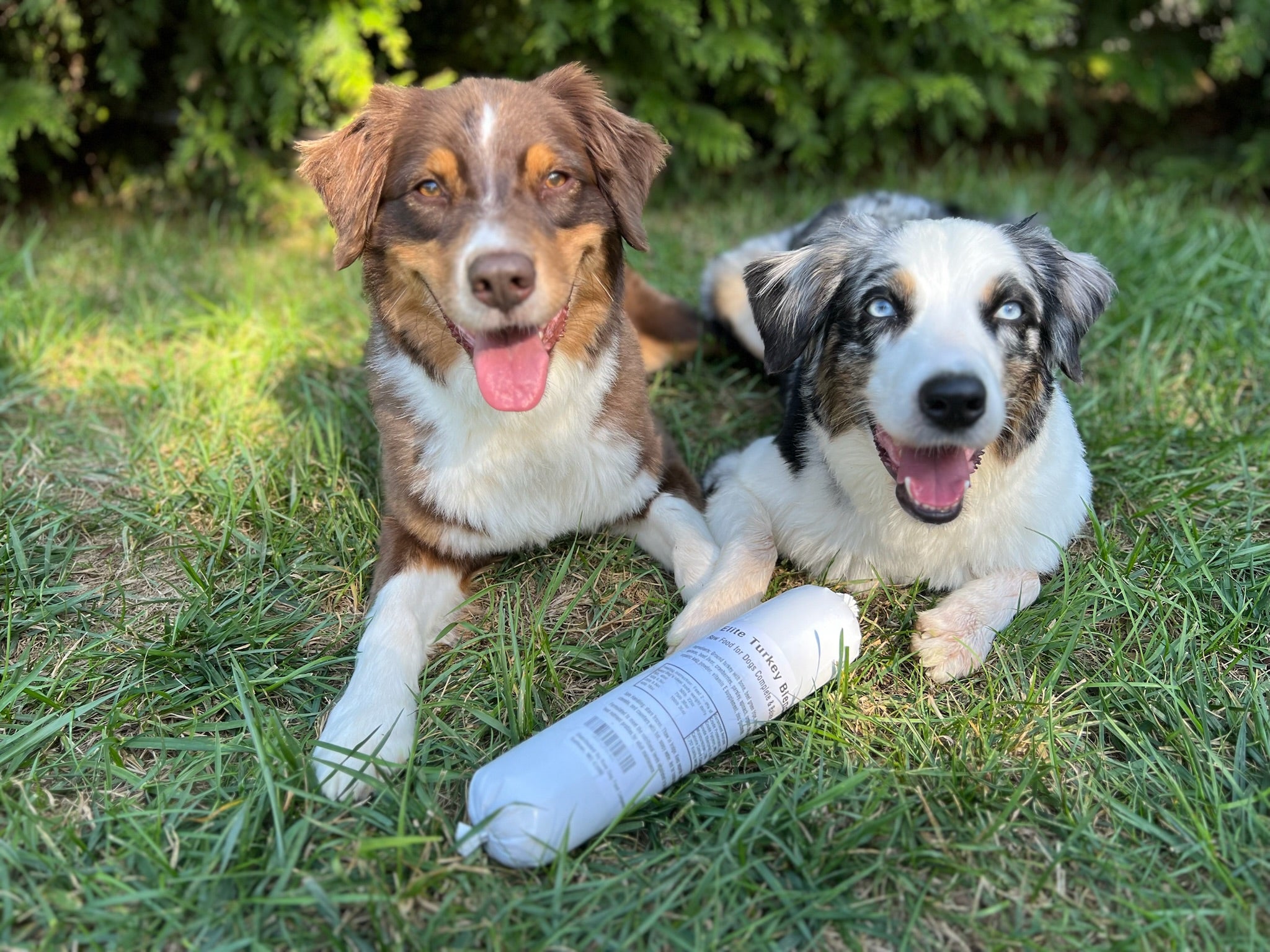
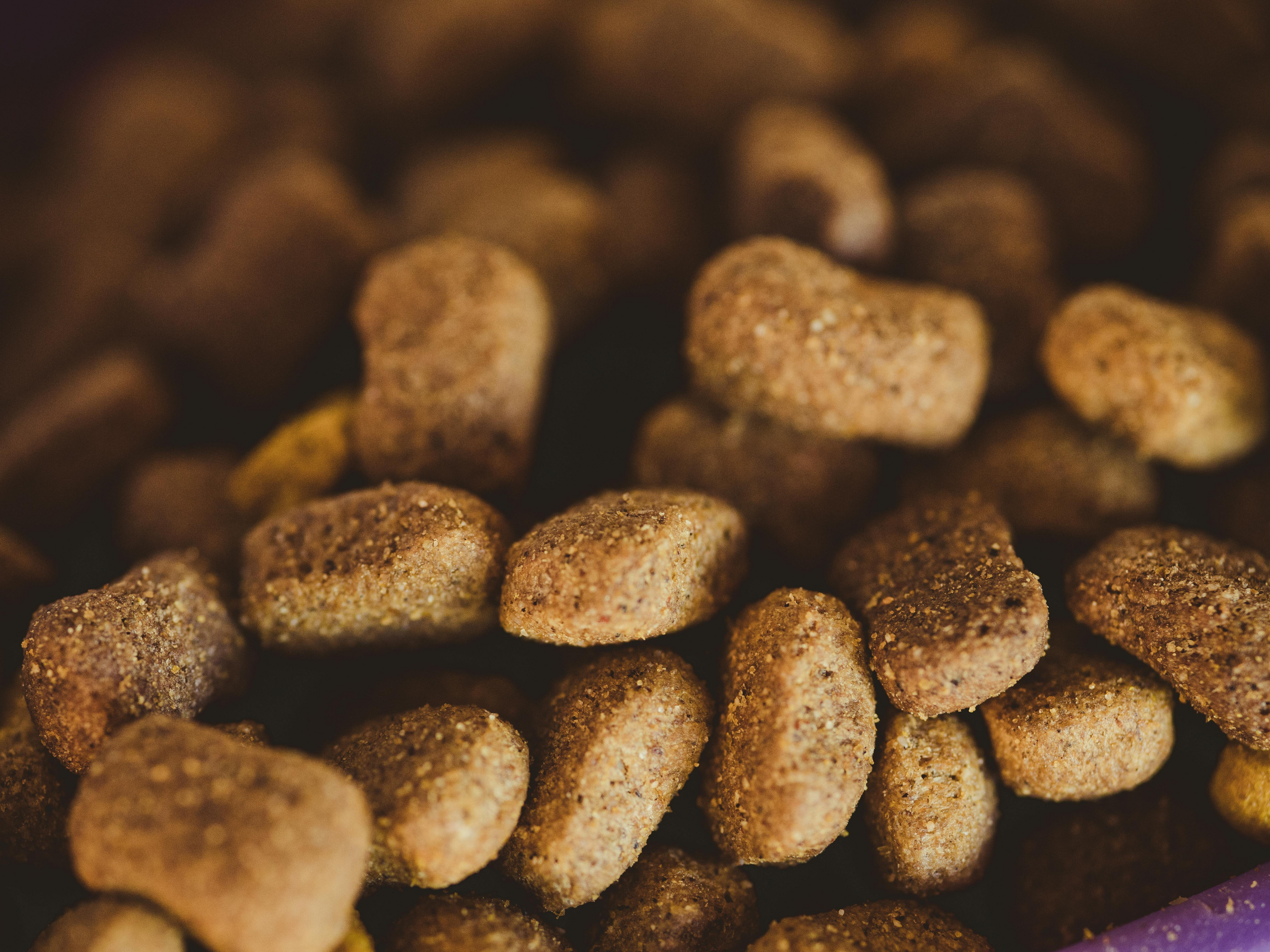
The best way to transition from kibble is the cold turkey method. We recommend fasting for 12 – 24 hours after the kibble is complete. This will allow you to feed the kibble without having to waste food or money. The main advantage of fasting for the transition is detoxing the harmful ingredients of kibble from the system. Removal of these harmful toxins will accelerate nutrient absorption for a healthy digestive system.
Pro tip: If your dog is transitioning from Kibble you can add in Adored Beast Gut Soothe which is found on sale on our website.
-
How Much to Feed
Feeding amounts vary by the pet. Feeding amounts are calculated on daily consumption. Please note, these calculations are not per meal – unless you feed once per day. If you feed once per day, then your feeding amount will be based on that meal. If you feed multiple times per day, take the feeding weight (from your calculations below) and divide it by how many times you feed per day. For Example: if your pet weighs 60-pounds and you are feeding 2.5% of your pet’s weight with three feedings daily, you will feed 0.50-pounds per meal.
-
How Much to Feed Puppies
Puppies should be fed multiple times throughout the day. Smaller, more frequent meals are easier on their stomachs and to digest. To calculate your puppy’s intake, you will take 8% of their current weight and divide it by the frequency of feedings. If your puppy weighs 20-pounds and you are feeding four times per day, you will feed at least 0.4 pounds per meal. Here is a chart on age and percentage recommendations.
Feeding Recommendations for Puppies:
As your puppy increases in age, you will gradually decrease the percentage of their body weight you are feeding. For example, at 4 months old you will feed around 8% of their body weight.
Puppies require more food in the first year because they need the nutrients to develop fully. Once they are fully grown, you can move the percentages to the recommendations for an adult.
How Much To Feed
-
Adult Feedings
Calculate 2.5% of their goal body weight. If your pet weighs 60-pounds, but you want them to be 50-pounds, calculate the 2.5% based on 50-pounds since the goal weight is 50-pounds. If your pet’s goal weight is their actual weight, you will calculate from their actual weight. Please view the feeding formulas below. The first formula is for the daily intake, and the second is to calculate how much you will feed per meal.
Pet’s Goal Weight X 2.5% = daily intake
Daily intake / (how many feedings per day) = per meal intake
Pro Tip: Remember your dog is an individual and every dog has a different metabolism. As I was taught by Dr. Ian Billinghurst if your dog looks heavy feed a little less and if your dog needs to add some weight feed a little more.
Snacks are great for training and gifts for our friends, but they do count towards the daily intake. If you base your feeding amount strictly on meals and feed snacks, you may notice weight gain – factor snacks into the daily intake to maintain your pet’s healthy weight.
-
Supplements
Using supplements is a great way to get added nutrients to the diet. Even though using a pill or powder is more convenient, we recommend using raw ingredients when you can.
A great natural supplement for probiotics and digestive enzymes is our Ground Green Tripe. Tripe is the cow’s stomach lining and is a great source to support healthy microflora in the gut, thanks to Lactobacillus Acidophilus. Tripe is also balanced in Omega 3, Omega 6, Phosphorus, and Calcium. We recommend mixing up to 20% of tripe in each meal or doing one full tripe day per week.
Pro tip: If you want to do a tripe day, have fun with it – Tripe Tuesday!
Another great supplement is whole fish. Whole fish like our Wild Caught Sardines or Salmon Pieces is perfect for this.
Pro tip: Don’t over add whole fish to your pet’s diet. Feeding too much whole fish will add on extra pounds due to the higher fat content. Adding one sardine or salmon filet three times a week is enough.
Herbs are a great additive and can be used as whole natural supplements. Dry herbs are great for overall digestive, joint, eye, skin, and bone health. Using herbs is a great way to add antioxidants and anti-inflammatories with antimicrobial properties. The easiest way to add in herbs is using dried powders. Try to use minimally processed organic dried herbs. You do not want to use anything with any additives or sugar.


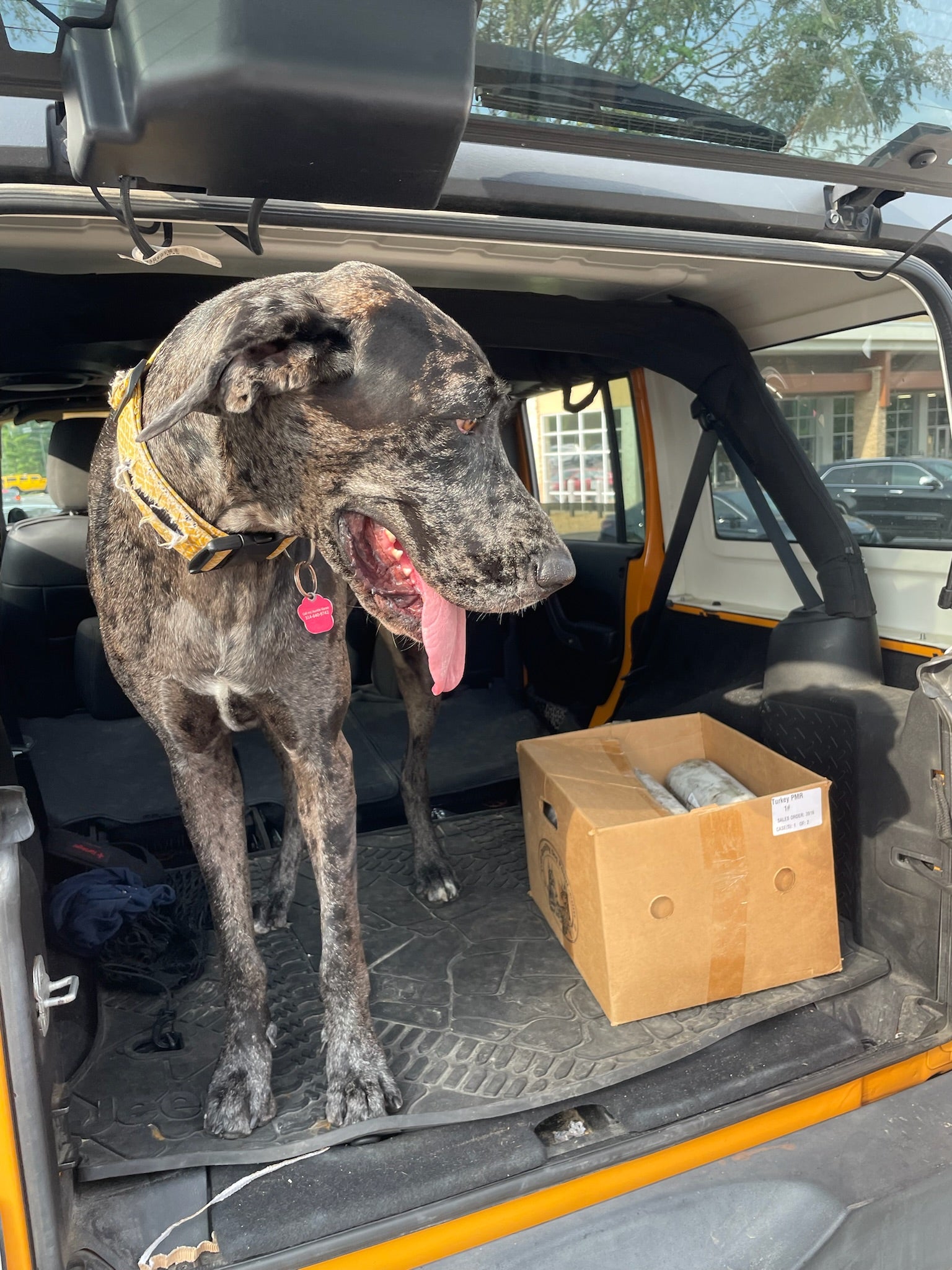
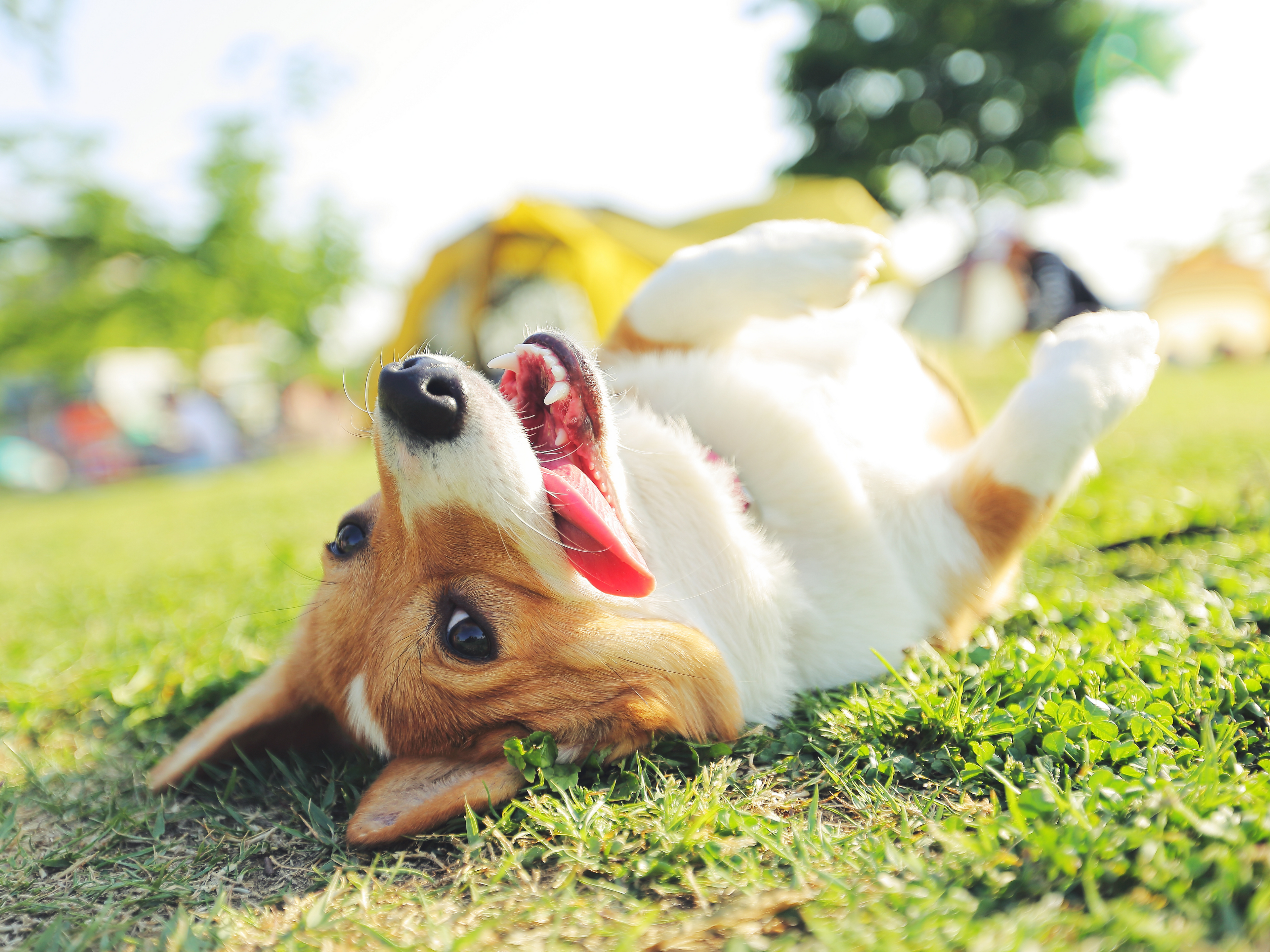
When to Rotate Proteins
Wait until your pet is eating well, and poops are nice and firm until switching proteins. The rule of thumb is typically to switch up after each protein; this is important for achieving weekly balance. As stated above, there is no perfect raw diet. When looking for a balanced diet, you need to look at this as a weekly average—rotating after each protein provides the opportunity of reaching the weekly balance.
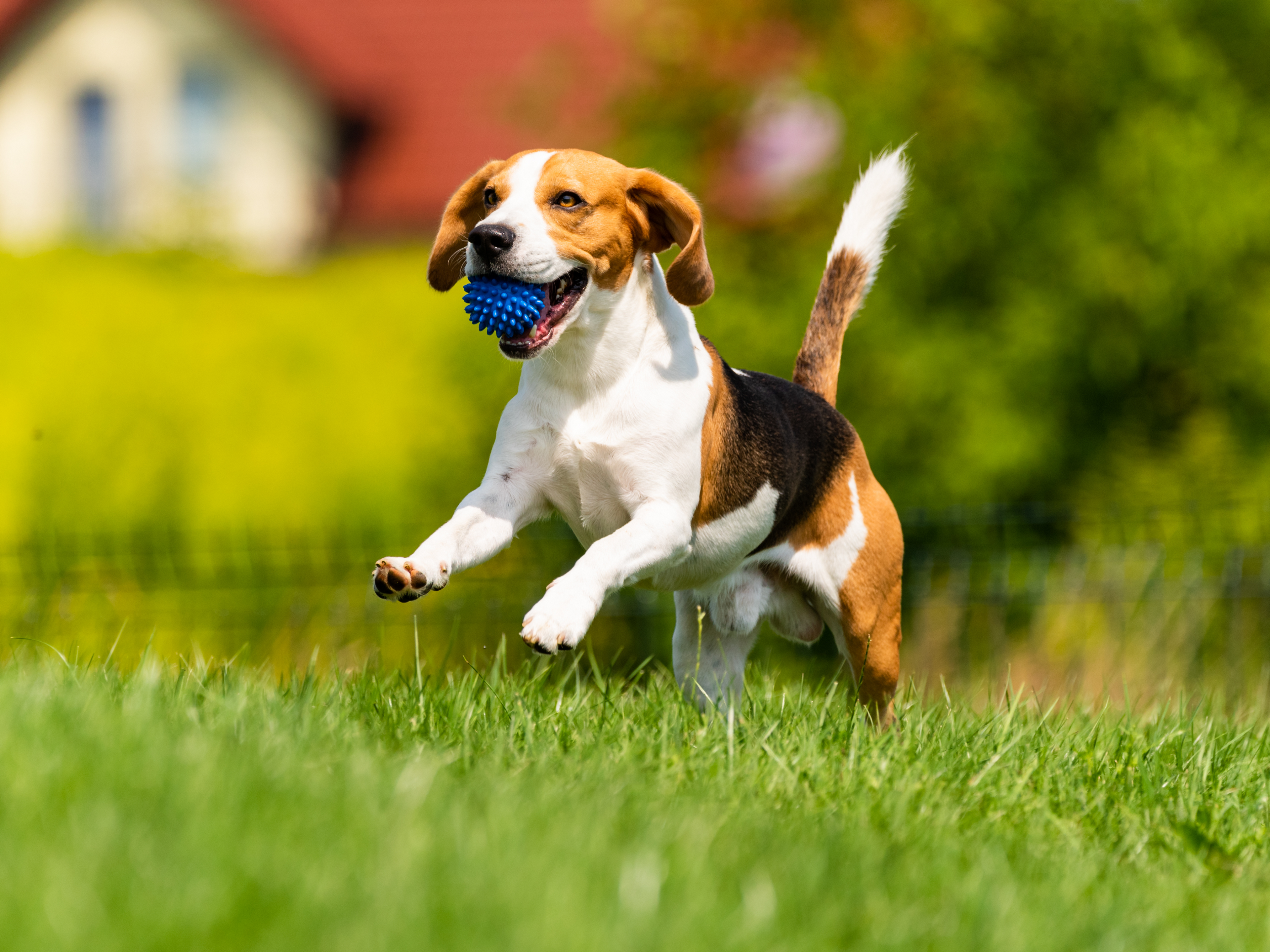

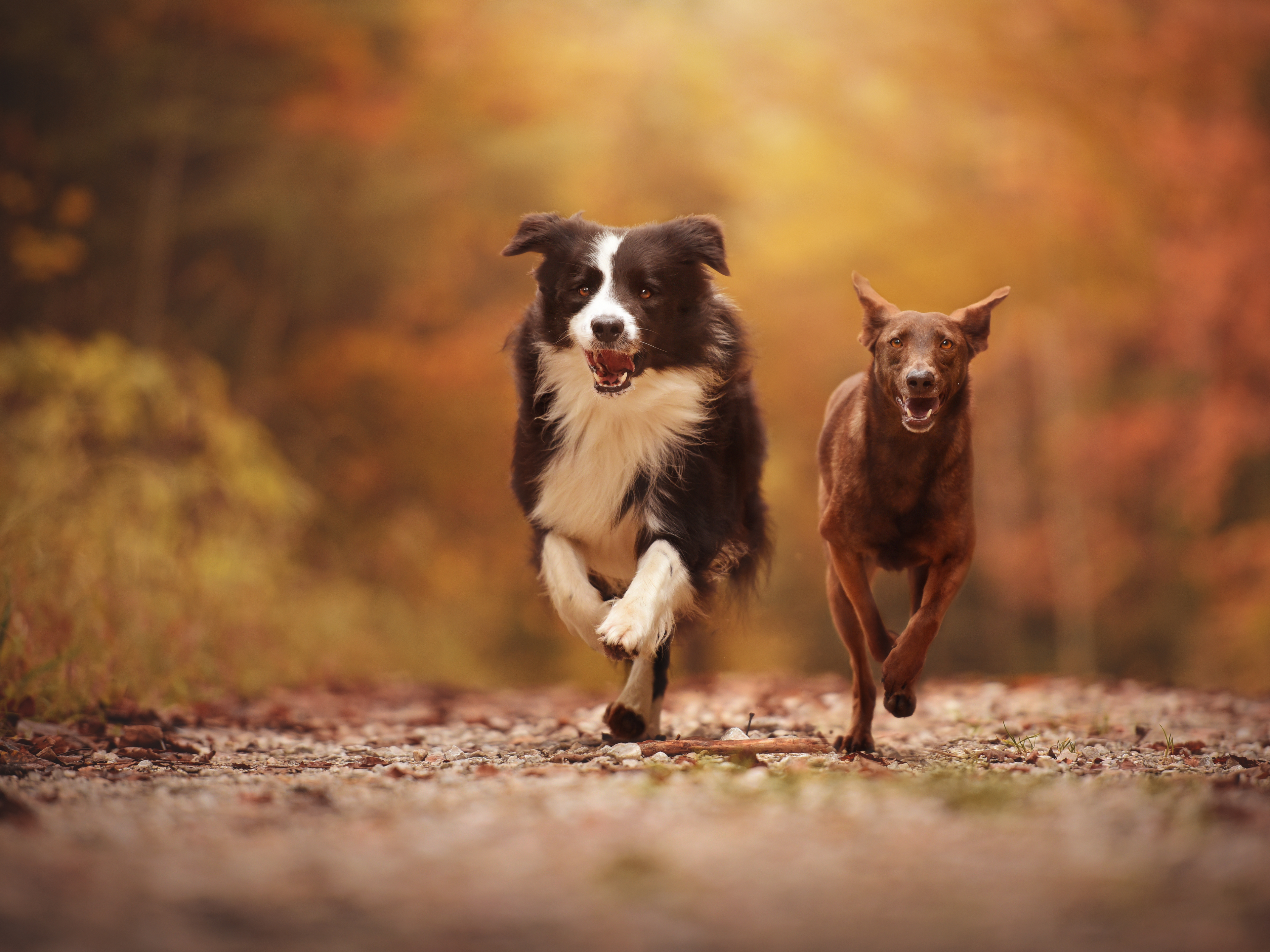
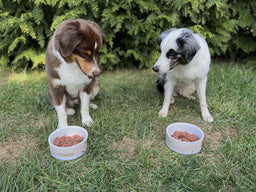
Can I Mix Raw Food and Kibble Together?
Although we understand why some do this, we do not recommend mixing kibble and raw. Kibbles are high in inflammatory ingredients like sugars and starches. These ingredients will upset the digestive system, creating loose stools, upset bellies, and vomiting.
If you are feeding both kibble and raw, we recommend doing one meal raw and the other kibble. We also recommend feeding a lot of tripe with this method to help regulate the digestive system.
I am just starting. What to start feeding?
Start with our Turkey Elite or Chicken and Beef Elite. These products are complete and balanced. The Turkey Elite and Chicken and Beef Elite were formulated using whole food ingredients to meet the AFFCO standards and include tripe and wild caught salmon.

